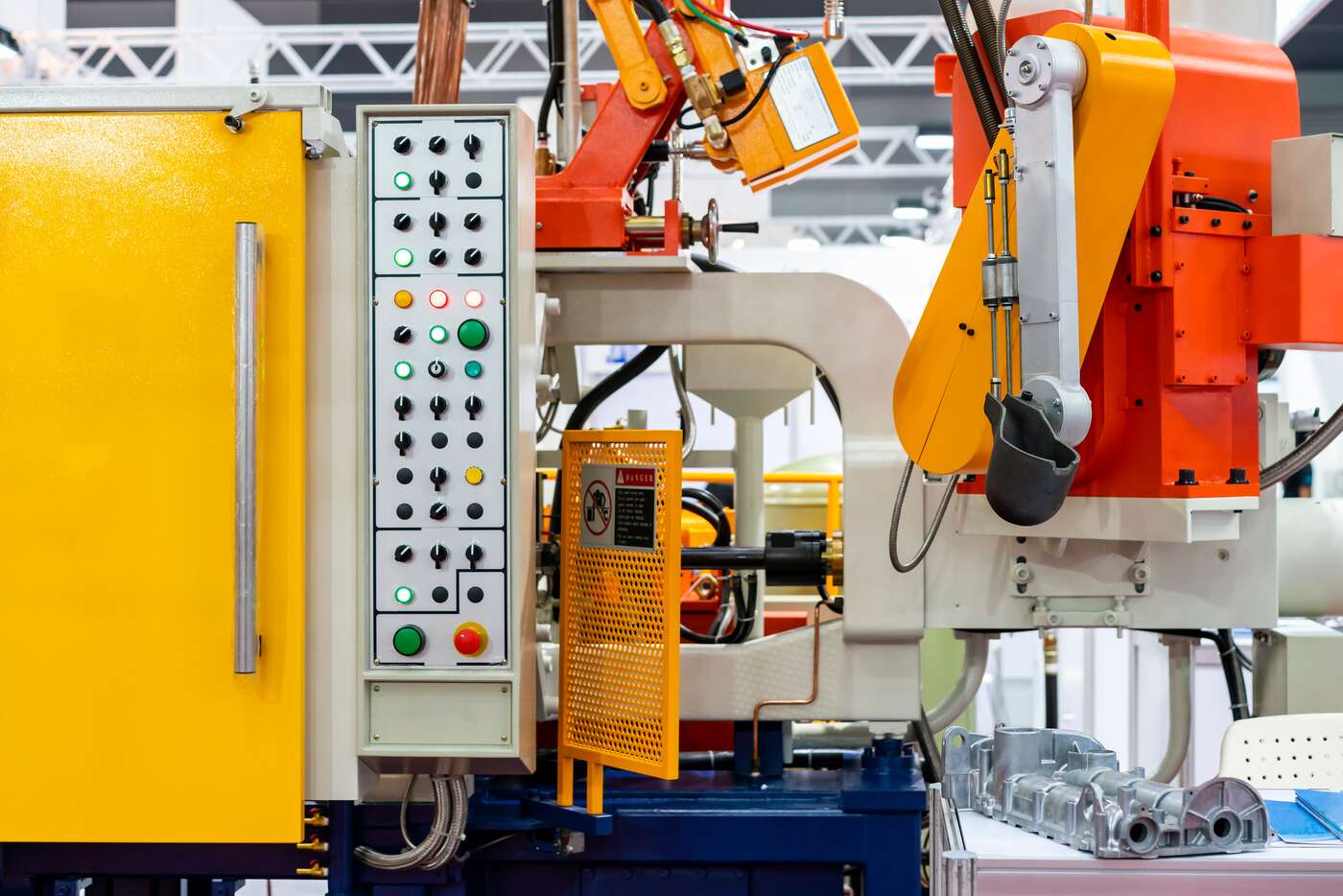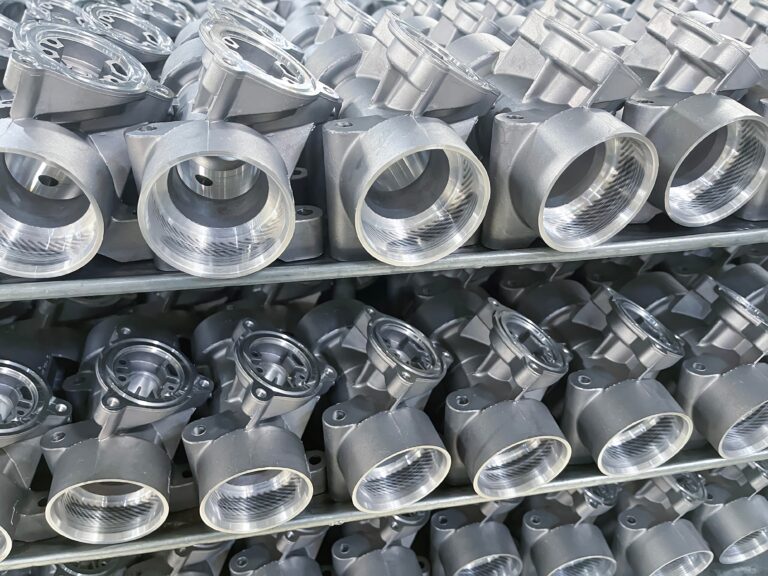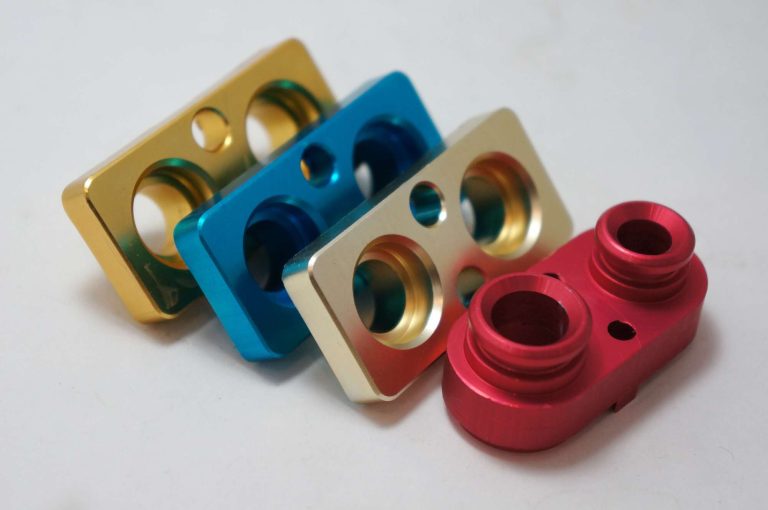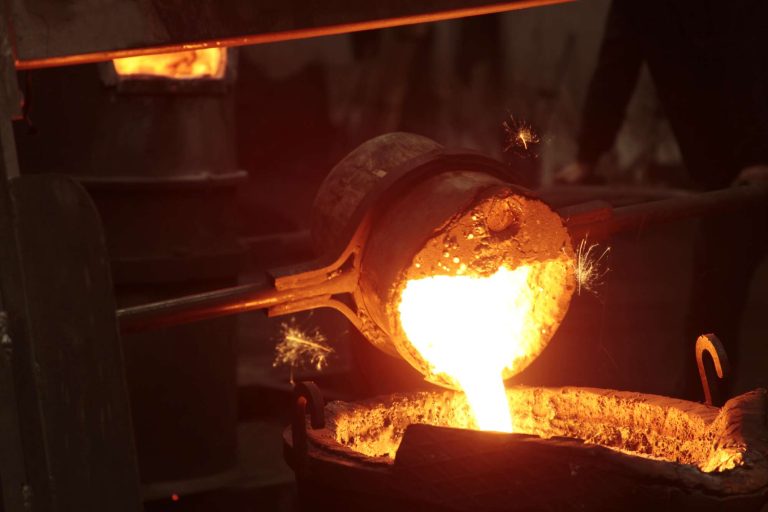KenWalt leads the way in guiding clients through Die Casting vs. Other Processes. We help you understand which path will deliver the right mix of cost, strength, and speed for your project.
Here are the top considerations when deciding which process to use in your project.
Tooling Cost and Value
Die casting molds require rugged steel tooling. The initial cost tends to run 2x–3x higher than typical injection molds. But those molds last far longer, often producing many thousands of parts before needing service. When matched to high-volume projects, die casting quickly becomes more economical.
Injection tooling costs significantly less up front, typically 50–70% lower, making it ideal for short runs or plastic-focused designs. But with die casting, your per-part cost drops steadily as volume rises.
From Design to Part: Speed and Completion Time
Die casting cycles may take slightly longer per shot than injection molding. Yet, die-cast parts often need little to no assembly or additional finishing. That means finished metal parts land in your hands up to 50% faster.
By contrast, injection-molded plastic parts often require painting, assembly, or adhesives—adding time and steps before final use.
Design Freedom and Feature Integration
Die casting lets you include features like cast-in bosses, ribs, threads, and thin-wall sections within one part. That cuts machining and assembly costs later on while maintaining high strength.
Injection molding shines when you need complex internal shapes, flexible features, or lightweight plastic components. Still, plastics can’t match metals for strength, heat resistance, or durability.
Strength, Materials, and Durability
Die-cast metals like aluminum and zinc deliver excellent mechanical strength, corrosion resistance, and surface finish possibilities. That makes them ideal for aerospace brackets, automotive parts, industrial systems, and more.
Plastic injection molding works well for light-duty, insulated, or decorative parts. But plastics offer lower strength, reduced heat tolerance, and limited surface treatments compared with metals.
Mold Lifespan
- Die Casting: Molds last for long production runs—often hundreds of thousands of cycles.
- Injection Molding: Tool life is shorter, and wear can demand earlier refurbishing or replacement.
Surface Finish Quality
Die casting usually delivers smoother surfaces right out of the mold, which cuts down on finishing time. Injection molding can also yield smooth parts, but surface finish quality depends more on material and mold design.
Volume-Based Economics
High-volume metal parts favor die casting because tooling costs are amortized over the entire run. Lower volume or highly complex plastic parts can make injection molds the more cost-effective choice—if strength isn’t a priority.
Quality and Precision
At KenWalt, we offer vacuum-assisted casting to minimize internal porosity and boost structural strength. Our in-house workflow, from casting to machining, finishing, and assembly, keeps quality tight, traceable, and consistent.
When to Choose Each Process
Choose Die Casting if you want:
- Durable metal parts with high load-bearing capacity
- Cast-in features like bosses or ribs
- Integrated parts with no assembly
- Specialty finishes like plating or anodizing
Choose Injection Molding if you need:
- Lightweight plastic parts
- Complex internal geometry
- Fast tooling at low cost for short runs
- Flexibility to tweak design frequently
KenWalt’s Role as Your Process Advisor
We don’t just cast parts. Our team is committed to reviewing your design and walking you through:
- Cost comparisons between metal and plastic
- Performance trade‑offs in strength and durability
- Options for material selection (aluminum or zinc)
- Surface finish and post‑processing impact
- Total delivery time from the tool to the packaged part
Whether it’s high-pressure die casting or plastic molding, we help you make the call.
Ready to Determine the Best Process for Your Part?
Reach out today to get a tailored comparison and expert guidance on tooling, cost, and delivery, customized to your project.




